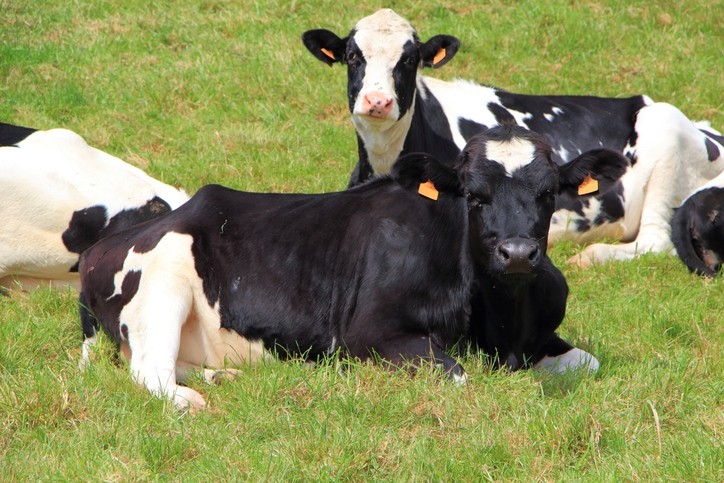



Article by: Hari Yellina
Despite the flooding disasters and the Ukraine crisis, the cattle market has remained sideways, as is typical for March and in line with forecasts for the year. Since the end of January, the benchmark Eastern Young Cattle Indicator has not moved significantly beyond a 20 cents per kilogramme carcase weight range, with a high of 1130c. Its modest zigzagging has just mirrored the market’s natural ebbs and flows. As growers in Queensland and northern NSW struggled to get stock to market due to floods, demand dropped as processors shuttered to clean up water damage, resulting in little price impact.
The EYCI closed yesterday at 1129c/kg, up 18c in the previous week, owing to restocker enthusiasm in places where rain events have been beneficial rather than disastrous. Medium cow price has been the only category to show some improvement, with the indicator hitting a new high of 386c/kg live weight at conclusion of trading yesterday, up 19c in the last week to be 106c higher than a year ago. According to Thomas Elder Markets analyst Matt Dalgleish, the market will remain stable until at least April, with a slight increase during the winter – possibly a new high – before market pressures set in in the second part of the year.
“We’ll be looking at the heavy steer signal because it’ll be crucial,” Mr Dalgleish said. “It’s been tracking sideways between 440 and 450kg live weight.” When it reaches the low 400s, the remainder of the cattle market complex will follow suit. “Right now, its strength is providing restockers with confidence.” The risk of northern demand for finished cattle being stifled this week due to continued flood-related logistics challenges at Brisbane’s Port of Brisbane has been raised. This is the world’s largest beef export shipping facility, and when the flow is slowed, stocks of chilled and frozen beef are building up. The main source of uncertainty is the war in Ukraine’s potential consequences. Increased inflation and maybe slower economic growth are projected, but the extent to which this affects consumer willingness to spend on beef remains a market question.